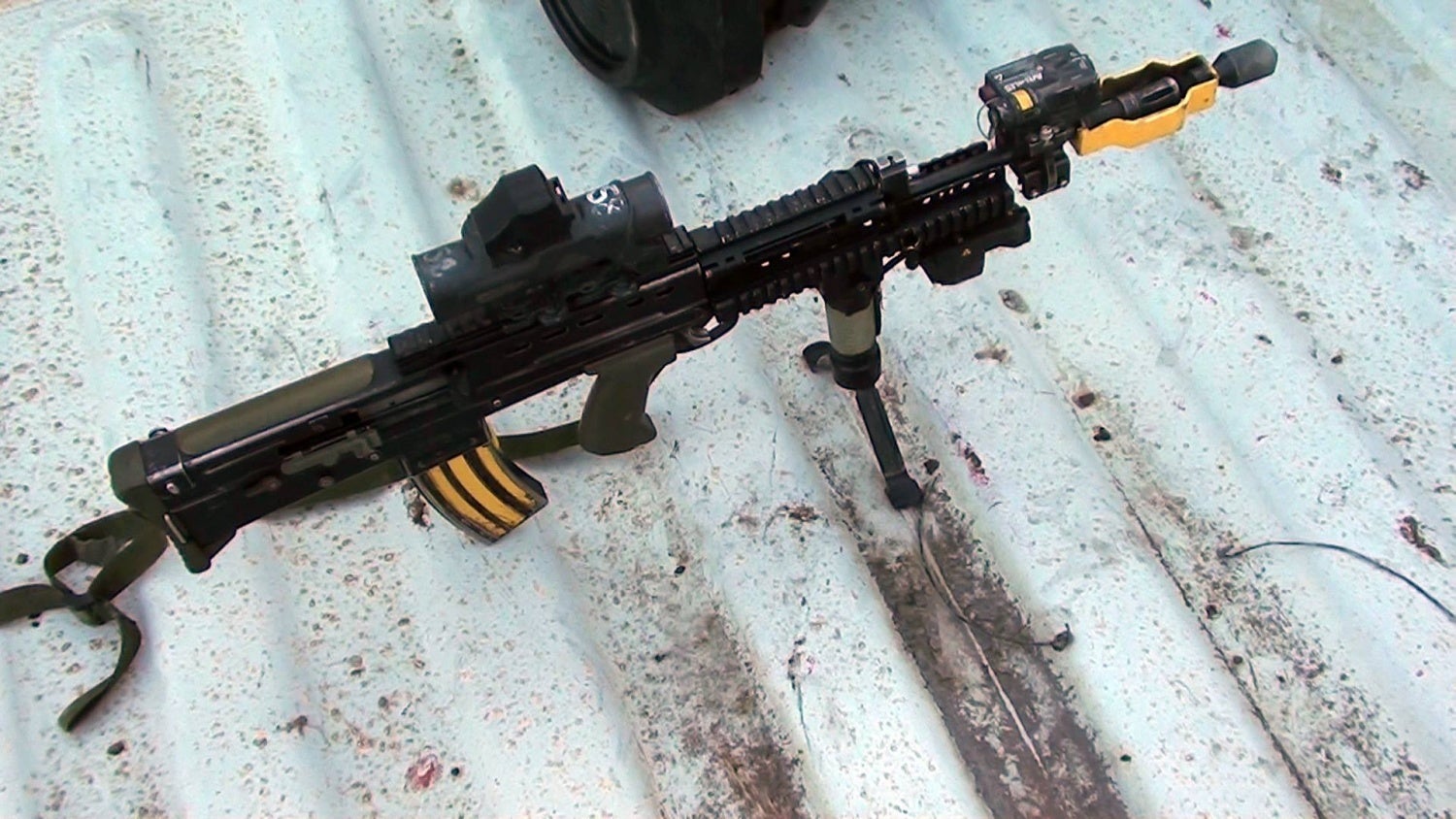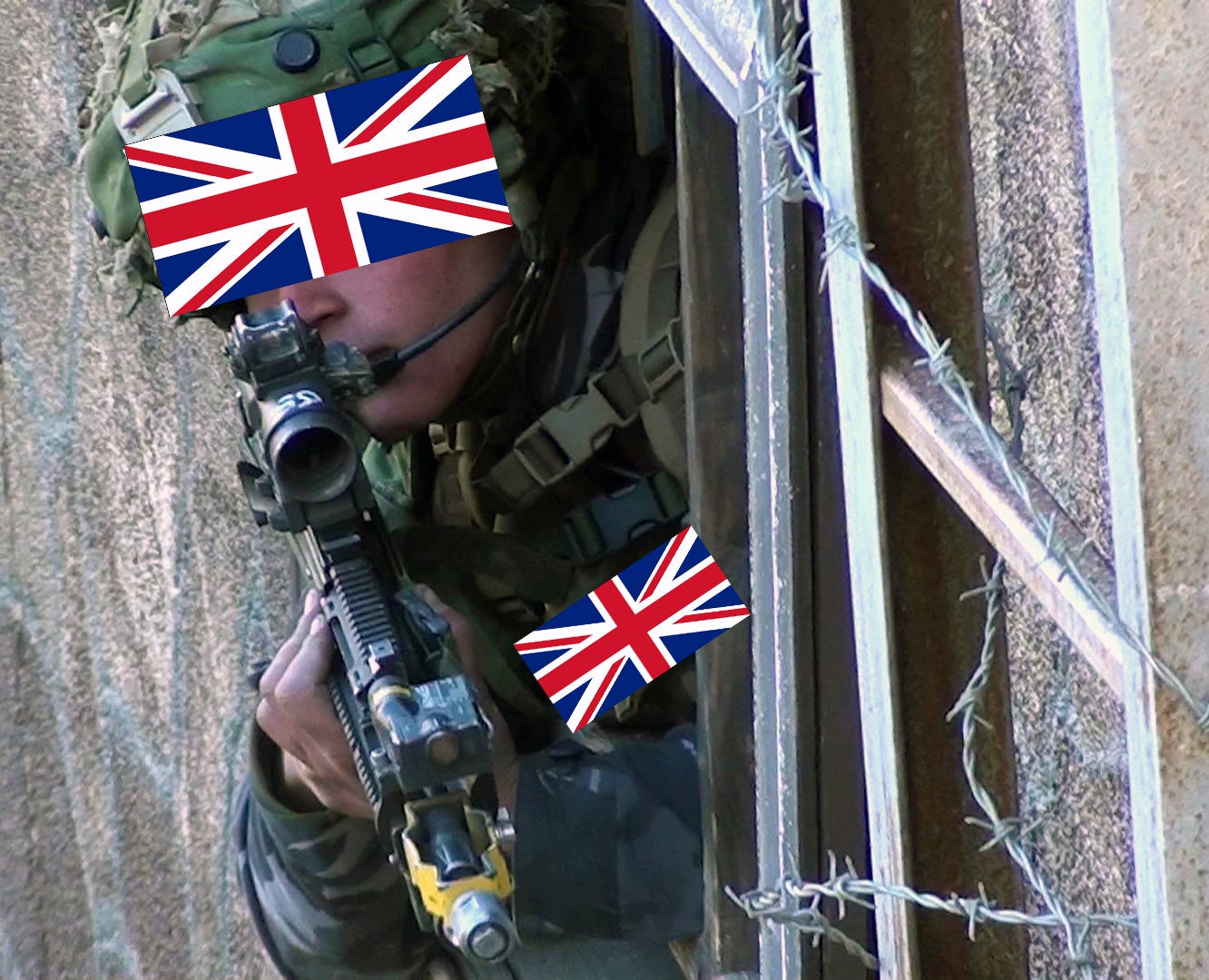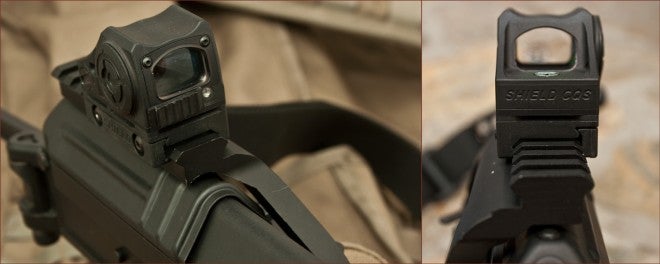I’m a firm proponent of Micro red dot optics. They’re lightweight, unobtrusive, and provide an excellent aiming solution. I’ll use them on rifles, shotguns, handguns, doesn’t matter. I like the simple process of putting a dot on target and hitting it. Their liabilities are pretty universal between brands: How long is the battery life? Are they tough enough to withstand the rigors of real shooting? Are they worth the pricetag?
This spring I picked up a new micro red dot that I’d just started to hear about: the Shield CQS.
If you’ve heard of the Shield before, it’s likely in relation to the British Army. In 2009 Shield won the contract to supply Close Quarter Battlesights to the British Ministry of Defense’s Future Integrated Soldier Technology or FIST program. As part of their L85 rifle, most infantry (and apparently the SAS) are issued a 4x Elcan Specter with a Shield CQB piggybacking on it.
There are actually 3 families of optics produced by Shield in the UK:
- the SMS, which you probably know as the J-Point, is an ultra lightweight red-dot not dissimilar from the Fast Fire line.
- the CQB, which is the reinforced sight used by the British army. (The CQS is the civilian version)
- the SIS, which is new this year and incorporates the ability to change reticles and brightness on the fly

I’ve been shooting the CQS on various firearms over the last four months, but I’ve also spent some of that time in the field training alongside Her Majesty’s infantry. I was there in a civilian role and got to observe them using the L85 and CQB optic in what the Brits call “FISH and CHIPS” (fighting in someone’s house and causing havoc in people’s streets). Except for a slightly different mounting system and a life of exceptionally hard use, there is almost no difference between the CQB and CQS optics.

A British Army L85 outfitted for training with an Elcan & Shield Optic combo. The additional storage shield is in place.
The Shield CQS red dot runs off a CR2032 battery, and has the compartment externally mounted so that the battery can be changed without dismounting the optic. It ships with a standard picatinny mount and two polymer risers for a total of 3 possible heights. There’s also an included storage cover that will protect the glass and minimize battery consumption when not in use. Depending on country and currency, you’re looking at approximately $400 USD. I’ve been using mine on 3 different firearms:
First was an offset mount on my Tavor as an auxillary sight during the MGM Ironman 3-Gun shoot. I was pleased that putting a 45 degree mount on my 45 degree rail let me bring my offset red-dot almost vertical with the barrel again. This allowed it to clear the primary optic, but only required a minimal amount of rotation to acquire. The Shield was the only optic that didn’t experience a shift in zero over the course of that shoot. There’s something about zeroing in Canada, then shooting in the dusty, sunny Idaho environment where the dirt is 140 degrees F that caused havoc for me and my gear.

The author shooting at the 2015 MGM Ironman, using the Shield CQS as a backup rifle sight. Photo courtesy of FMJ Marketing (http://www.fmj556.com/)
I’ve used red dots in the past that were great on a .223 rifle, but couldn’t handle the punishment of larger calibers (I’m looking at you Holosun!) I took the SAP-6 shotgun out over 3 range trips and burned up plenty of slugs and buck shot. Part of the reason I opted for a 4 MOA dot on this optic was that I wanted it to have the speed and function that would allow it to be used on a shotgun or pistol too. The Shield had no problem soaking up the recoil from my pump-gun and I made good use of the spacer system to get the dot right where I wanted it.

The Shield CQS mounted on the SAP-6 pump action 12 gauge.
Which brings us to the final home of my Shield CQS, where I expect it will live permanently.
I’ve spent a long while trying to figure out which optic to fit onto my Vz58 7.5″ PDW, and how best to mount it. Some of the more permanent Vz58 optic mounts impede iron-sights dis-assembly or both. A cantilevered mount avoids this, but does start to come up in terms of height over bore and cheek-weld. A low mounted micro red dot like the Shield means that we’re still in the right cheek weld range , or at least as good as you’re going to get with this folding stock. As an ultralight ultra-compact rifle I want this to have the smallest footprint possible, but still be a quickly accessible and straightforward rifle to use.

My CSA Vz58 PDW in .223 sporting the Shield CQS
The Shield fits right into that idea. It’s always on. It’s got exceptional battery life, and can be swapped without removing the optic. It’s brightness is automatically adjusting with a manual “go dark” switch that can be engaged to cover the light sensor.
The battery life is a year at full brightness, and 3 years at NVG brightness. Considering it’s always running at NV brightness when covered and in storage, I’m anticipating a swap at the 2 year mark.
There’s also a glut of mounting options from Shield beyond the standard pic rail. It’s no problem to piggyback on ACOGs, SUSATs, Hensoldts, Specter DRs, or conventional riflescopes. There are also mounts for the Shield as a primary optic on AK pattern rifles, HK claw mounts, handguns, and adapter plates to allow for use with aftermarket Aimpoint T1 mounts.
The only serious issue I can see for the Shield is the same situational issue faced by lots of single brightness and fiber optic sights. That is: washing out when shooting from a dark environment into a brightly lit environment. I’ve experimented with this a little, standing in a dark basement looking into a sunny yard. I found the dot dimmed, but still usable.

Speaking to troops on the ground about their L85 and optic systems was a real treat for me, and I didn’t miss the opportunity to ask questions.
No one I spoke to had any complaints about the Shield. I wasn’t surprise to learn that they almost never use the NVG functions of the CQB. Who can blame them when they’ve got some impressive Rheinmetall light & laser modules?
Everyone I spoke to preferred the 4x optic for everything past 100 yards, and lots of guys said they still used the Specter even at 50.

You can see the finish has worn right off on the top of this optic.
Now I can’t account for whether this was because we were training, or whether it an attribute of the particular OpFor unit I was embedded with at the time, but I spoke to several soldiers who didn’t have batteries in their optics. They used them exclusively in CQB environments as a “point and shoot” window without acquiring any sort of dot. Considering I witnessed a few of these with engagements where the distances were measured in inches rather than feet or yards, I couldn’t disagree with the effectiveness. But it still struck me as odd to misuse a $500 micro sight as part of a multi-thousand dollar rifle platform. When you’re playing the baddies I suppose different rules apply.
Regardless of who is using it: the Shield is tough. Things that would have broken the single pane glass on a Delta Point or Razor slide off the back of the Shield. I watched soldiers toss rifles in and out of armoured vehicles and climb ladders where the optic impacted every rung. The finish was gone on lots of the issued units, but no one I spoke to could remember an optic being returned or needing servicing. Although a few of them sheepishly admitted they’d lost the external cover.
Considering what I saw in the field, and my own experience shooting the Shield in a variety of roles, I consider the Shield CQS to be one of the best optics in my safe, and I’ve owned or own optics from almost every major manufacturer. The size and flexibility are right, without sacrificing the strength and durability normally associated with larger red dots. I’m keen to try out the enhanced reticle options in the SIS when it becomes available. If it’s anything like the CQS I’ll be adding one to my collection.

 Your Privacy Choices
Your Privacy Choices
